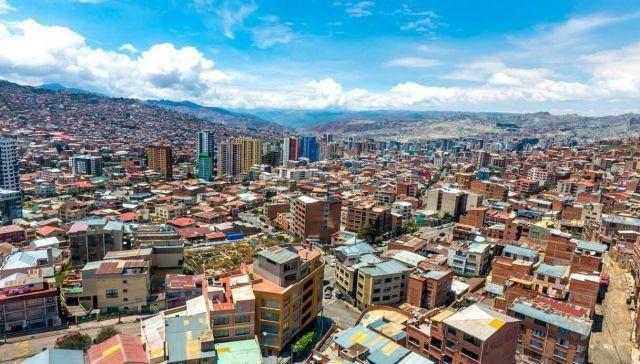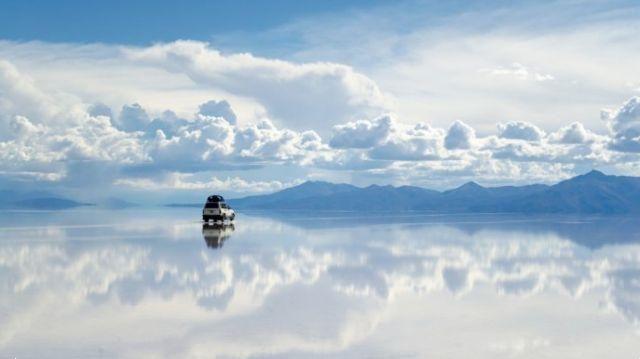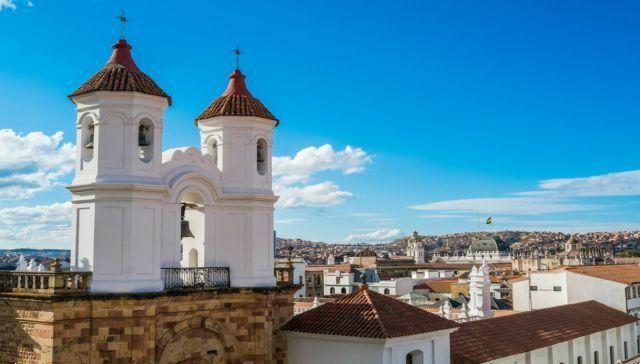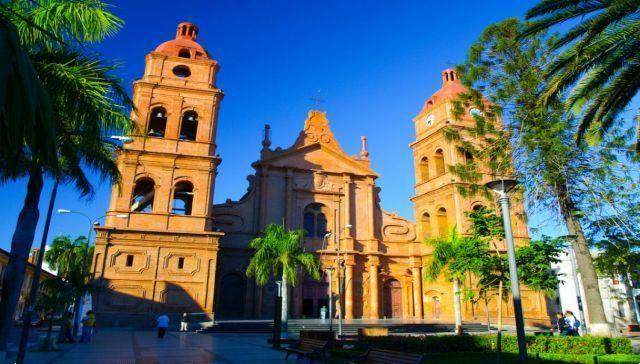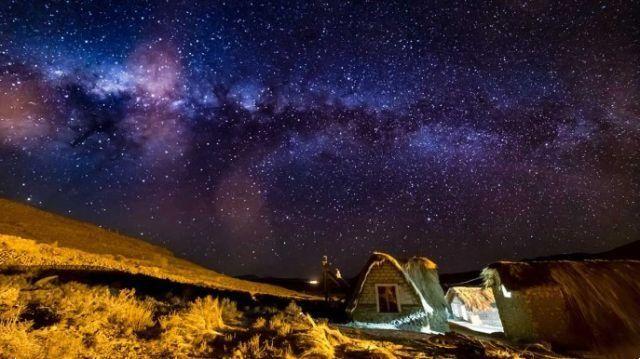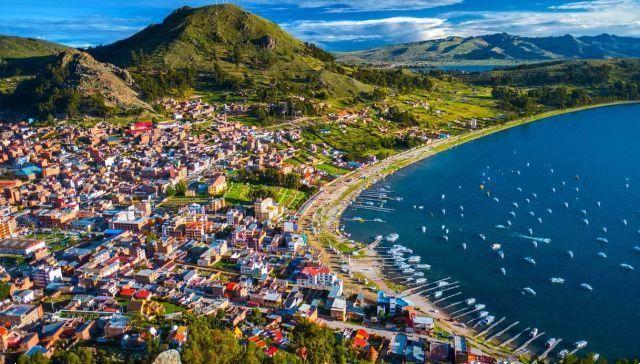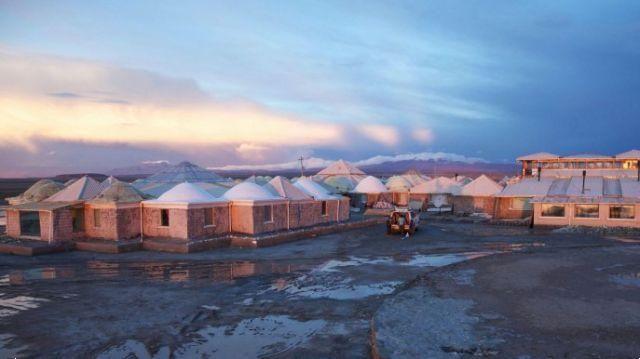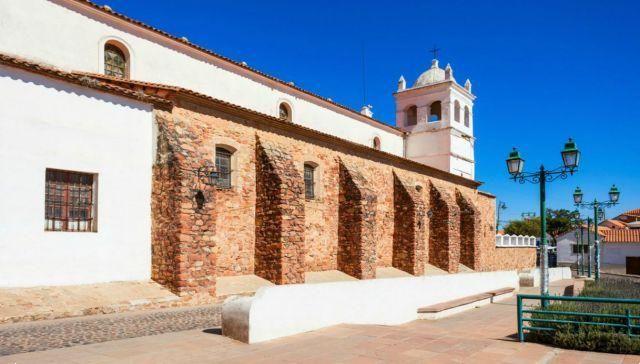 Sucre, the capital of Bolivia, is not only a very beautiful and evocative city, but can boast some museums to be discovered
Sucre, the capital of Bolivia, is not only a very beautiful and evocative city, but can boast some museums to be discovered
Sugar and the capital of Bolivia, a city of around 300.000 inhabitants which has maintained its evocative colonial appearance and which hosts the most important democratic institutions in the country, such as the Parliament and the Presidency of the Republic.
Sucre can boast a thousand-year history – which has its origins in the settlements of the indigenous populations who called the area home Choke-Year – although its “official” foundation dates back to 1538, when the leader Pedro de Anzures, a lieutenant of Francisco Pizarro, placed the first Spanish camp in this region. For almost 300 years, Bolivia was a colony of Spain and only in 1825, from Sucre, was independence proclaimed, establishing that the capital would be called "La Ilustre y Heroica Sucre".
Sucre has developed a notable tourist vocation thanks to its perfectly preserved historic centre, a UNESCO World Heritage Site, and the large number of cultural institutions and museums that can be found among its paved streets and which we will present to you in this small guide.
Freedom Palace Museum, this museum, housed in the historic seat of the Bolivian Parliament, is a true monument to the history of the country's independence from Spain and the construction of the new state of Bolivia. Inside there are relics such as the original version signed by Simon Bolivar of the Bolivian Constitution, period documents and photographs and an interesting permanent exhibition that traces the entire history of Bolivia and its capital. Curiously, the first flag of Argentina ever made is also preserved in this museum, as a legacy of Bolivar's actions.
Treasure Museum, an incredible collection of jewels and artefacts made by Bolivian master craftsmen from the pre-Columbian period to the present day, in a series of collections dedicated both to jewels as such and to the entire cycle of extraction of precious metals and gems from the region's mines . One of the curiosities of the museum is represented by the rooms dedicated to the processing of "ametrine", a particular type of precious stone that can only be found in Bolivia.
Museum of indigenous art ASUR, dedicated to the art of the indigenous populations and cultures of the area around Sucre, to preserve the testimony of traditional, material and oral cultures, and transmit their memory to new generations. The museum is divided into various areas depending on the particular local culture and has the advantage of having an approach that addresses both the past and the present of these cultures, combining historical research with the presentation of current artisanal productions.
Recoleta Museum, the museum institution connected to the important Franciscan monastery of Recoleta, one of the most important monastic realities in all of Bolivia, which collects and preserves the entire history of the religious order since it settled in Sucre in the mid-sixteenth century. The museum is located in the third large cloister of the structure and inside it houses a wonderful collection of sacred works of art, a collection of liturgical furnishings and reliquaries and the grandiose library of the Bolivian Franciscan order, which is made up of over 20.000 ancient books of great value and beauty.
Military Museum, officially the Military Historical Museum of the Nation, a large exhibition venue which houses a vast collection of weapons, uniforms and vehicles from all over South America (but also from overseas), which retrace the evolutions in the military field from the sword to gunpowder I shoot up to contemporary aviation. The museum also has a large collection of models, documents and photographs that deal in particular with the history of the Bolivian armed forces.
Santa Clara Museum, the collection of sacred works of art connected to the most important cloistered convent in the city which brings together an interesting collection of paintings created between the seventeenth and eighteenth centuries. In particular, the collection of paintings displays many works by Melchor Pérez de Holguín, one of Bolivia's most famous painters and is one of the richest regarding the Baroque period of Spanish state art.
Tanga-Tanga Children's Museum it is perhaps one of the most beautiful and innovative museums in Sucre, an institution dedicated entirely to children with the presence of technological tools and a decidedly interactive approach to make them passionate about the history, art and nature of Bolivia. The best section of the museum is the one dedicated to ecology, which also includes fun activities for children among the spectacular plants of the Sucre botanical garden.
University museums, are a set of museums linked to the university faculties of the ancient university of Sucre and include the anthropological museum, the colonial museum and the contemporary art gallery. The collections of the university museums allow you to discover every secret of Bolivian culture, starting from the most ancient history of the pre-Columbian populations and then delving into the colonial period through the finds and documents of the Spanish period. The Art Gallery is, however, an interesting institution that hosts exhibitions and exhibitions dedicated to the most recent developments in Bolivia's contemporary art.




